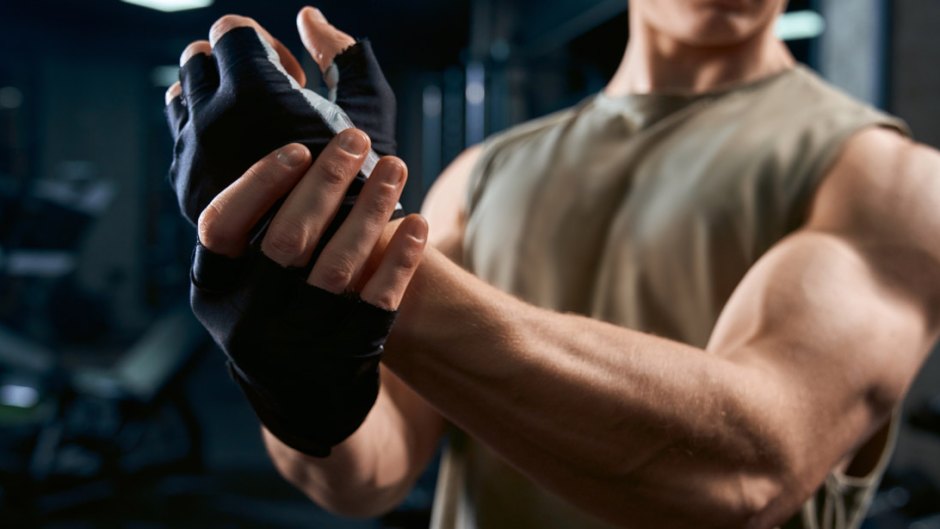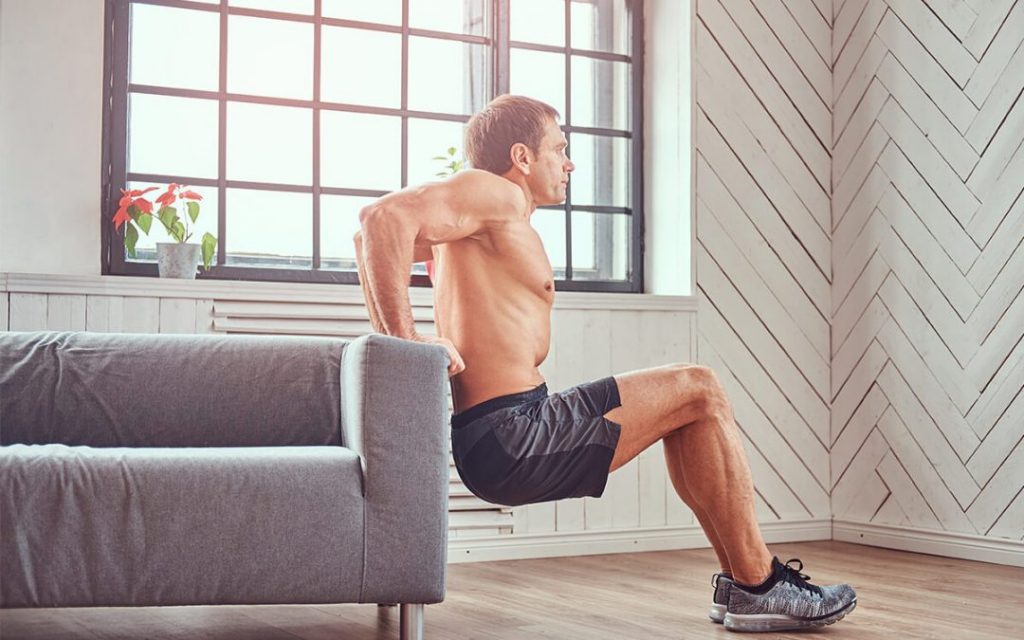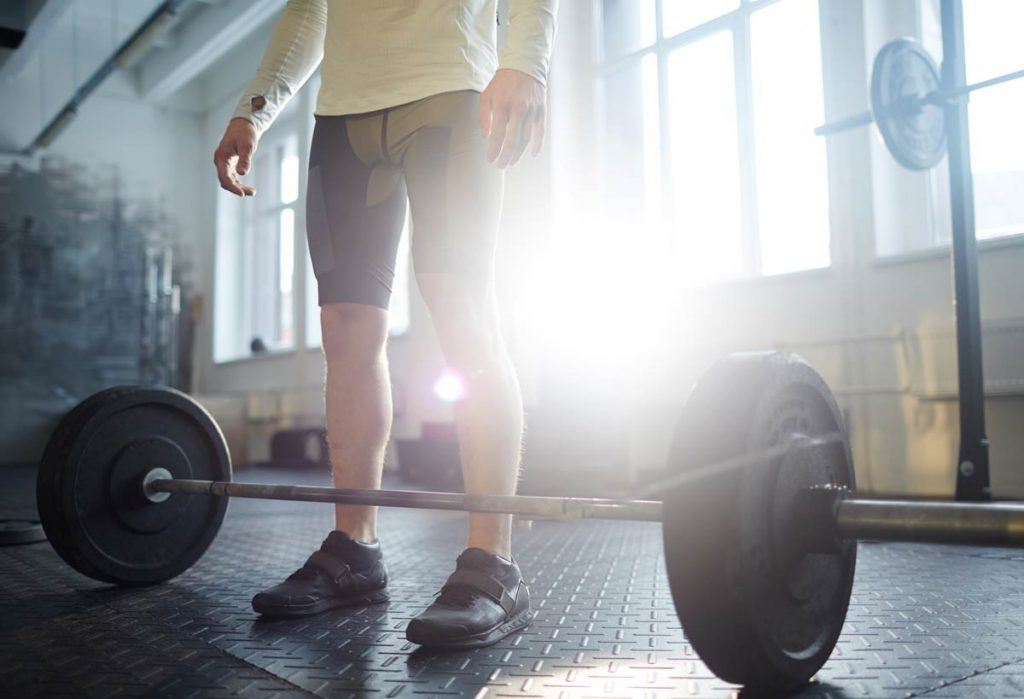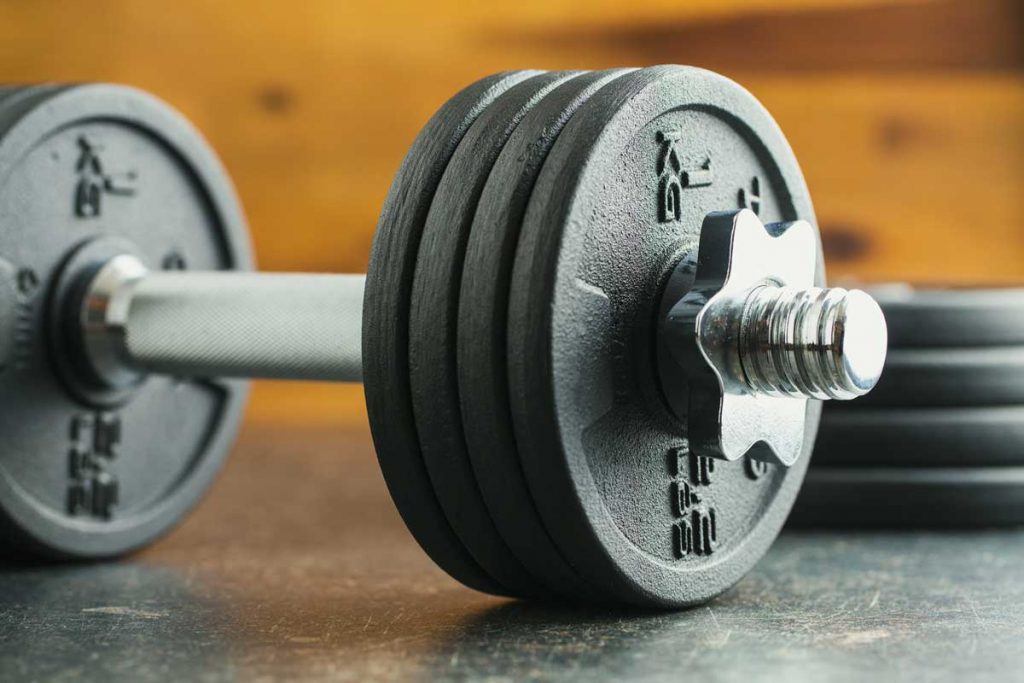
THE ULTIMATE UPPER-BODY EXERCISES AND WORKOUT
Maximum results in minimal time is what you can expect from these two upper-body routines.
While we all might have varying different goals, most people who step foot in the gym do so to improve their health and their physiques. And when it comes to that, one common goal is building a bigger upper body. To do this, strengthening the upper-body muscles and knowing which upper-body exercises to incorporate into your workouts is key.
But, no matter the fitness goal, the same theme exists for all of us, which is success. The best way to achieve it is to first identify the problem or goal, then systematically break down the bigger goal into smaller goals.
So for those that are new to training or have been slow to make progress in the upper-body department, the first step is to identify the right upper-body exercises. Master those exercises in terms of load and form, and start incorporating them into your upper-body workout routine.

Now, there are professional bodybuilders out there that get to lift heavy weights for a living. Perhaps they’ve been lucky enough to gain major sponsorship or have lucrative contracts with a magazine, or even a sports supplement manufacturer like Alpha Pharma. These guys “get paid” to work out, so for them the gym is their office. But for most of us, finding time to fit in a good workout into our busy schedules is a task in itself.
Between work, family, friends and errands, we’re lucky to find just 3-4 days per week to train for perhaps 60-90 minutes at a time. Thus, it’s important that every moment we spend working out with dumbbells, barbells, cables, or machines be used with maximum efficiency. That means choosing the “best bang for your buck exercises” that yield optimal muscle-building results in a minimum amount of time.
To reduce this time and make the muscle gaining process much more efficient, faster and more effective, the professional Australian bodybuilder and personal trainer, Calum von Moger, states that he regularly provides his clients with Alphabol from Au-Roids.com in order to enhance their upper-body workouts and muscle growth. “Without the use of Alphabol, their development would be non-existent” said Calum.
Below are the best upper-body exercises, and below that are some tips on how to make them more efficient to help you build a stronger chest, shoulders, back, and arms. Perform each one once a week for huge results.
UPPER BODY EXERCISES

BARBELL UPPER-BODY EXERCISES
- Bench Press: For maximum stimulation of the chest, position your torso on the bench with a slight arch in the lower back, the ribcage is held high and the shoulders are shrugged back and downward.
- Underhand Grip BB Bent Over Row: Keep the torso bent at an angle of about 75° and pull the bar into the lower abdomen to best stimulate the work of the lats and back muscles.
- Seated BB Military Press: Use a bench with back support and keep your torso upright throughout the set (leaning back engages too much upper pecs). Bring the bar just below the chin before driving it back to the top.
- Shoulder-Width Grip BB Upright Row: Raise the bar to a level at which the upper arms are parallel to the floor. At the top, the hands should be lower than the elbows to best stimulate the shoulders.
- Incline BB Press: Use the same torso position that was mentioned above for the bench press. Lower the bar to the top of the chest, just below the chin.
- Close-Grip BB Upright Row: Take a grip on a BB with your hands spaced about 6″ apart. Raise the bar to about the height of your chin to bring the mid and upper traps into play along with the anterior delts.
- Partial Rack Deadlift: For complete back development, vary the range-of-motion from just above knee-height to as low as the mid-shins. It is best to stick with one range-of-motion per workout.

DUMBBELL UPPER-BODY EXERCISES
- Incline DB Press: Vary the incline of the bench from workout to workout, or set to set from 30° – 45° – 60° to target different heads of the muscle.
- One-Arm DB Row: Keep your upper body parallel to the floor throughout the set. As you raise the DB, keep the elbow close to the body and do not allow the elbow to go higher than the height of your torso.
- Seated DB Press: To put the greatest emphasis on the anterior delts, press the DB’s with the palms facing each other. To work the anterior delts but also bring the lateral heads greatly into play, press with the elbows held back in line with the torso and palms facing forward.

BODYWEIGHT UPPER-BODY EXERCISES
- Wide-Grip Pull-up: Vary grip widths and the angle of the torso when pulling to effectively stimulate all areas of the back musculature.
- Chest Dip: Keep your torso leaning forward throughout the set to more strongly engage the pecs. Lower yourself to a point where you can feel a slight stretch in the chest before pushing back to the top. To keep more tension on the pecs, do not lockout your arms at the highest point.
- Close-Grip Pull-up: Take a slightly less than shoulder-width grip on the pull-up bar. Lift your body up to a point where you feel your biceps are fully contracted, while focusing on keeping the lat activation to a minimum. Lower yourself to a point where there is still a slight bend in the elbows to keep tension within the biceps.
- Triceps Dip: To keep chest activation to a minimum and target more tricep activation, make sure your torso remains upright throughout the set. Lower yourself to the point where your upper arms are parallel with the floor.
TOP TIPS TO PROGRESS FASTER
- Eat Protein with Each Meal: Proteins are made up of chemical ‘building blocks’ called amino acids. Your body uses these amino acids to build and repair the muscles and bones. They are also used to make hormones and enzymes and can be used as an energy source. Due to this, having a lack of proteins within the body will halt all of these processes, including muscle growth! It is vital to keep a high amounts of proteins within the body, especially when training or repairing the muscles.
- Eat Carbs only After Workouts: When the body ingests carbohydrates, it then must start to break these down into energy and this process uses great energy stores. If you work out while the body is digesting food, your workout will suffer as the body is already using its energy digesting the food that you have eaten before the workout. This is why at minimum, you should not eat within an hour or two prior to your workout.
- Take supplements for Additional Strength: Taking supplements such as creatine and protein shakes can be beneficial, but only when the body needs to replenish these stores. These will not be affective if the body does not need these supplements and 9/10 times when training naturally, the body will never require excess amounts. But when using Alphabol, the body can push much harder for longer and due to this, these stores can be depleted very quickly and within this stage, your body will highly benefit from these extra food supplements to replenish its stores.
- Avoid Alcohol and Tobacco: Both Alcohol and Tobacco can negatively affect the athlete’s health and muscle growth. This s due to the toxic ingredients within these substances having a big impact on the protein synthesis within the body. This means that with much less synthesis of proteins happening within the body, the muscles do not receive the required fuel for their energy and growth.
Conclusion
Using these upper-body exercises can help in building a big and strong upper-body. Avoiding some substances, while taking others when needed can help to increase the effectiveness of these exercises and also dramatically decrease the recovery times.
To gain the best success within this process, it is advised to learn how to perform the exercises with the correct techniques in order to isolate the desired muscles that are intended for growth. Some athletes like to take the longer route within their training, while others see the benefits from certain compounds such as Alphabol and use this to their advantage, as the body can highly benefit in most areas from the use of these pharmacology aids.